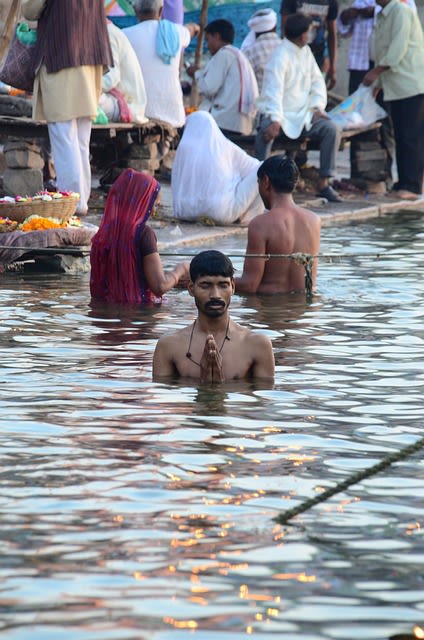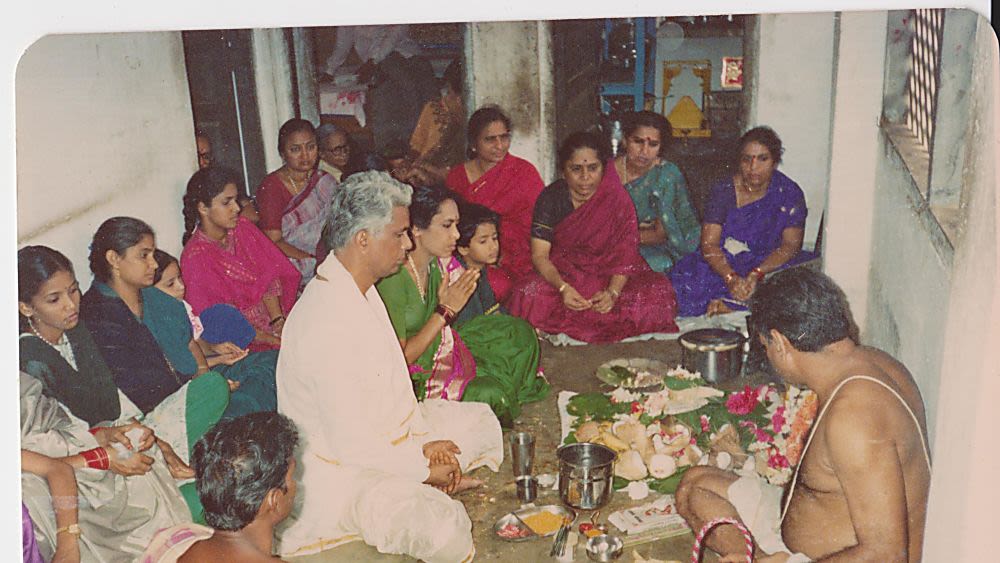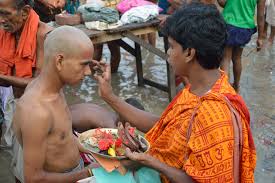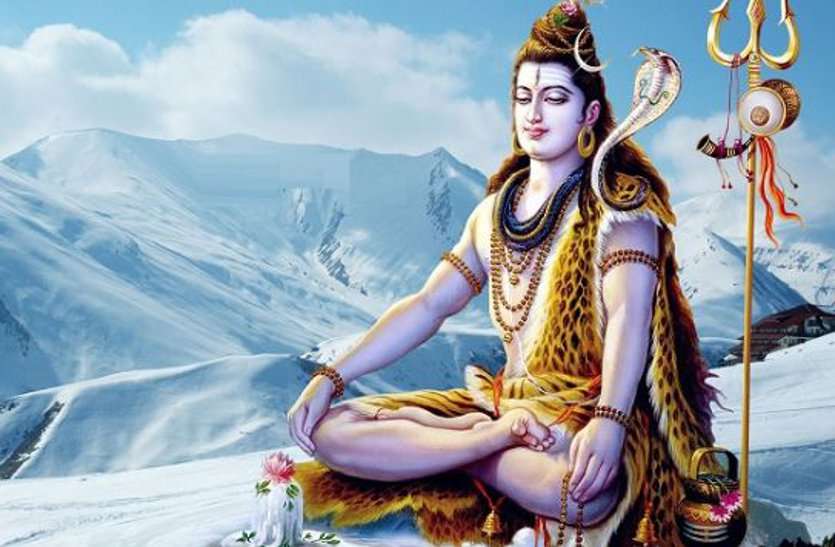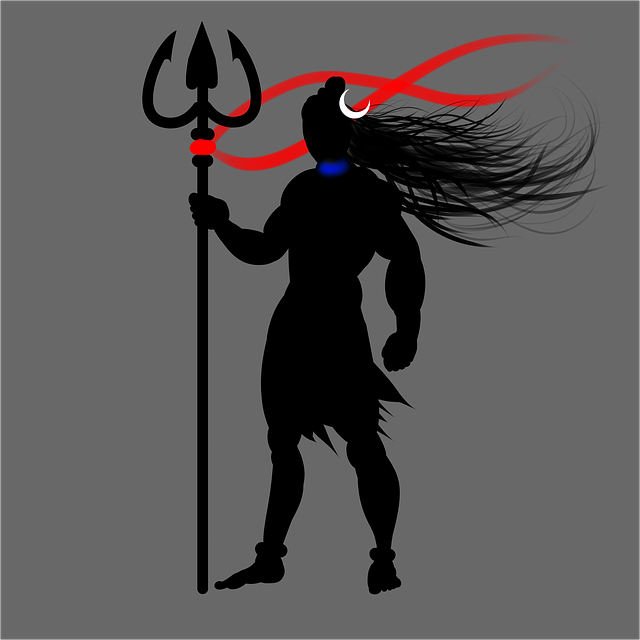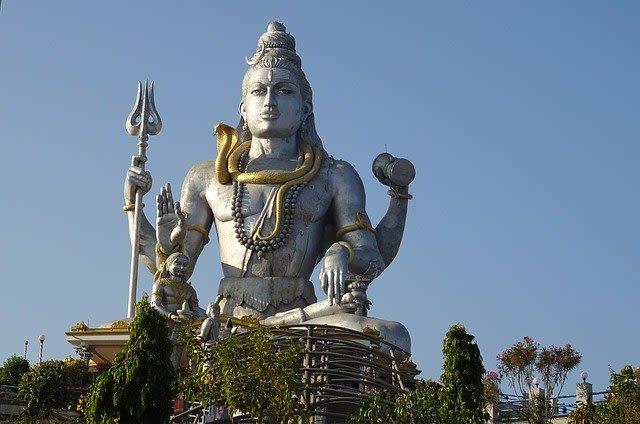Vijayadashami – importance and how it is celebrated
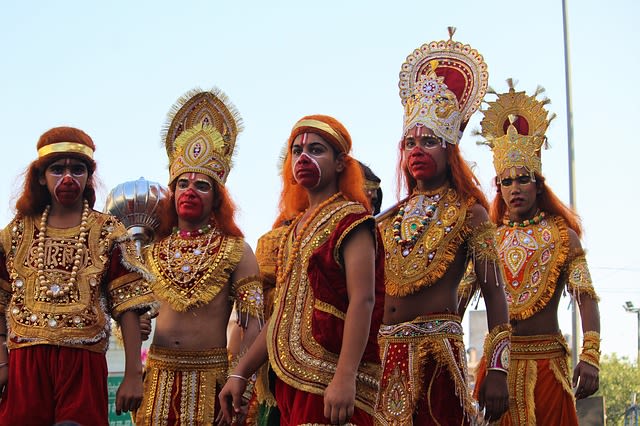
Vijayadashami or Dusshera is the day that follows the nine days of Navratri. Dussehra is one of the major festivals of India and is celebrated throughout the length and breadth of the country. It fills the life of people with joy and success. In the year 2018, Vijayadashami comes on the 19th of October.
Navratri is all about getting rid of the evil and reckless nature. It is about having respect for all phases of life and even for the things and objects that contribute to our wellbeing. The nine days of Navratri are classified as per the three basic qualities of tamas, rajas, and sattva. The first three days are tamas, where the goddess is fierce, like Durga and Kali. The next three days are Lakshmi related – gentle but materially oriented goddesses. The last three days are dedicated to Saraswati, which is sattva. It is related to knowledge and enlightenment.
Investing in these three qualities will make your life in a convincing way. But if you go beyond all this, it is no longer about power, it is about liberation. After Navratri, the tenth day is celebrated as Vijayadashami – which means one has conquered all these three qualities. Vijayadashami means the day of victory. It gives a message that by respecting and showing gratitude towards everything that matters in our lives leads to success and victory.
According to mythology, Dusshera is celebrated to mark Lord Rama’s victory over the demon Ravana that signifies the triumph of good over evil. On Dusshera, huge effigies of Ravana are burnt with fireworks which mark the suppressing of darkness by light.
In another mythology which is widespread in the eastern and northern states of India, Goddess Durga kills the demon Mahishasura. It is believed that the battle between the Goddess and the demon spans ten days and on the tenth day, the Goddess Durga kills Mahishasura. Thus, this day is celebrated as Vijayadashmi meaning the victory that was attained on the tenth day.
